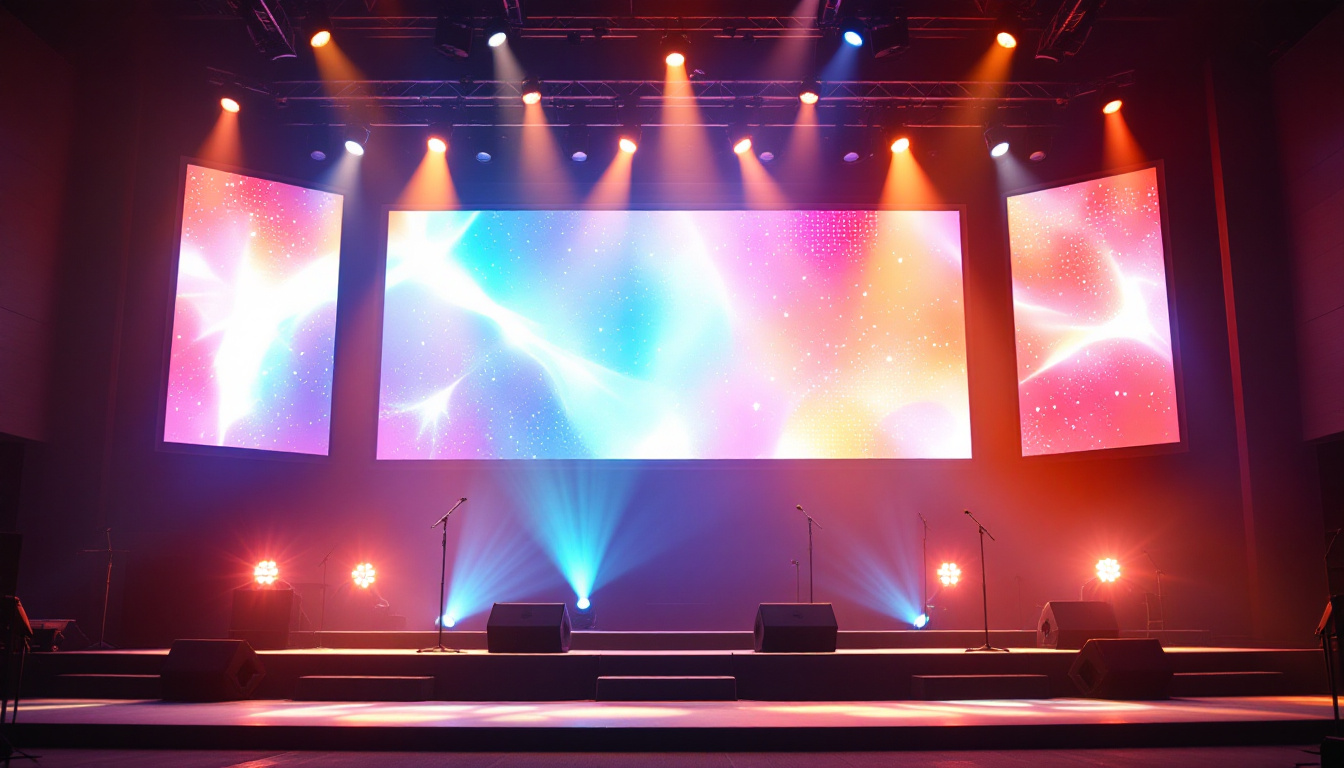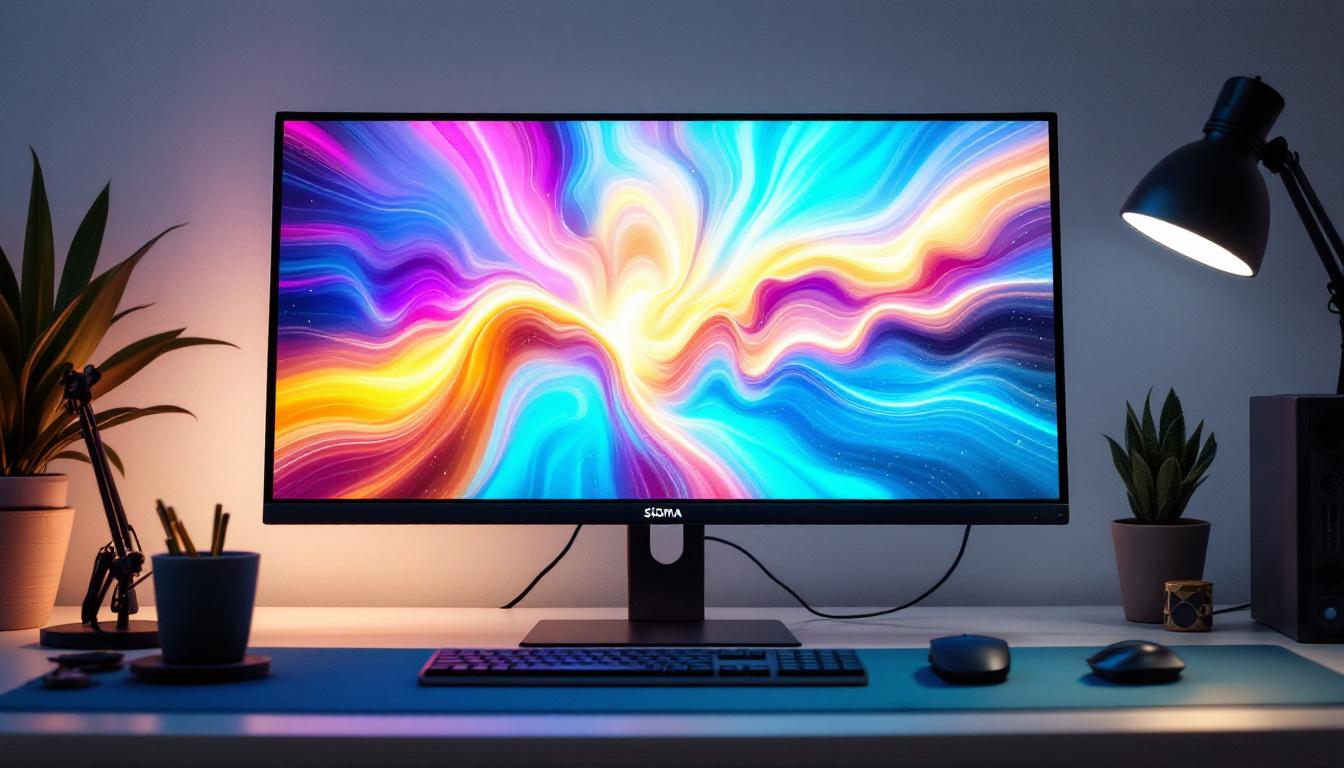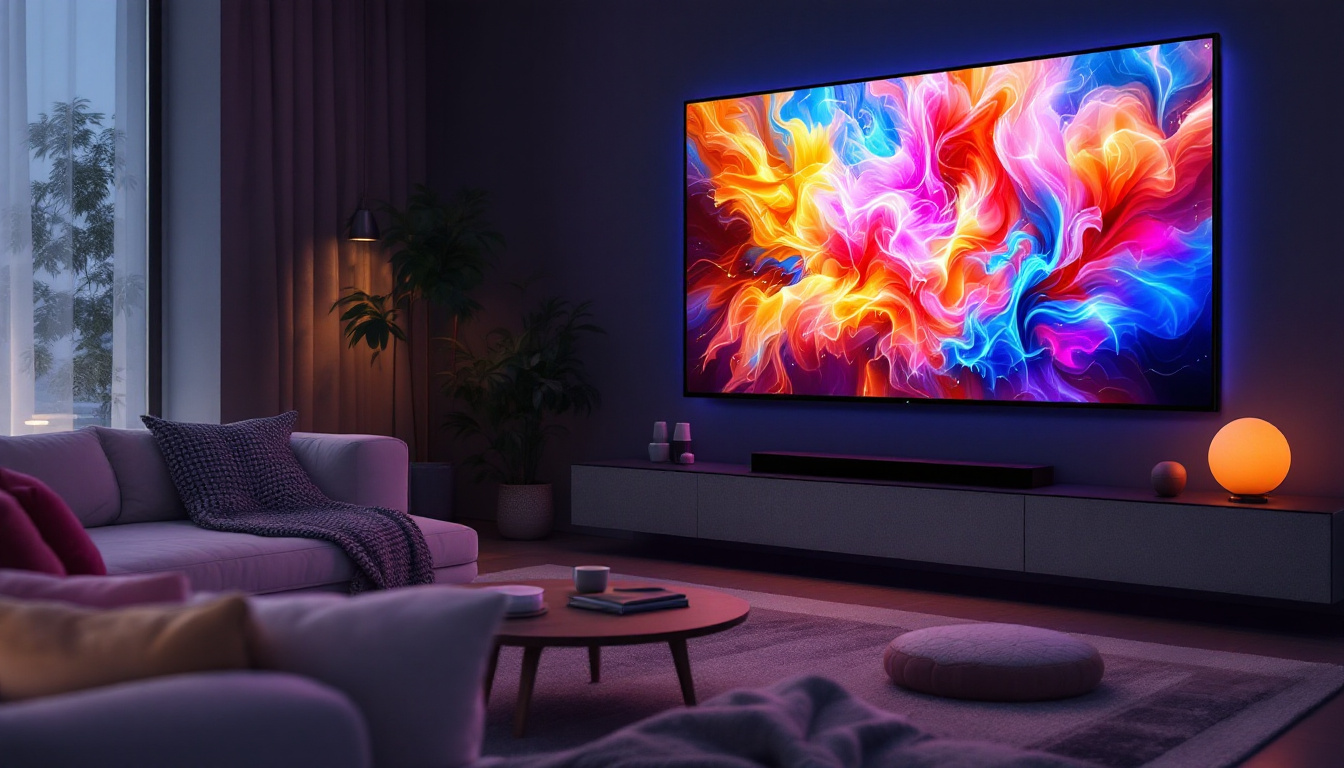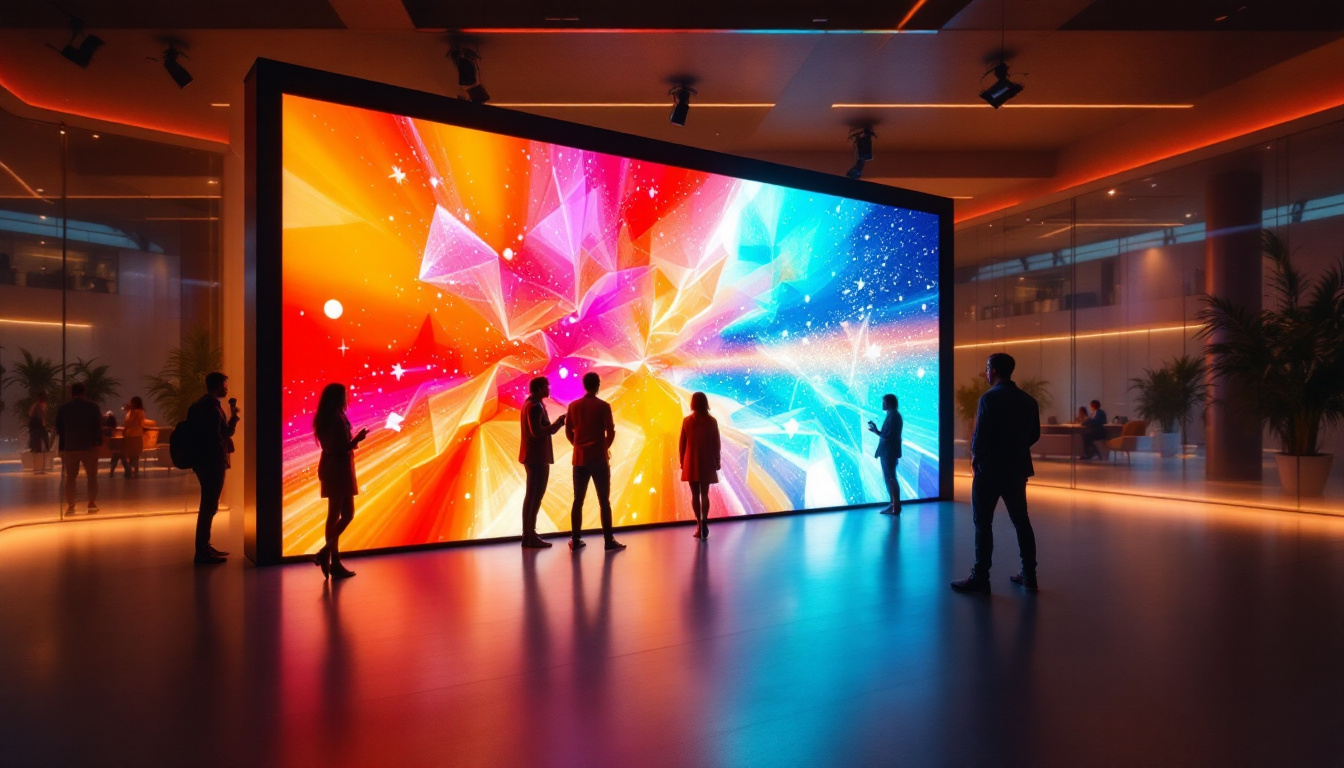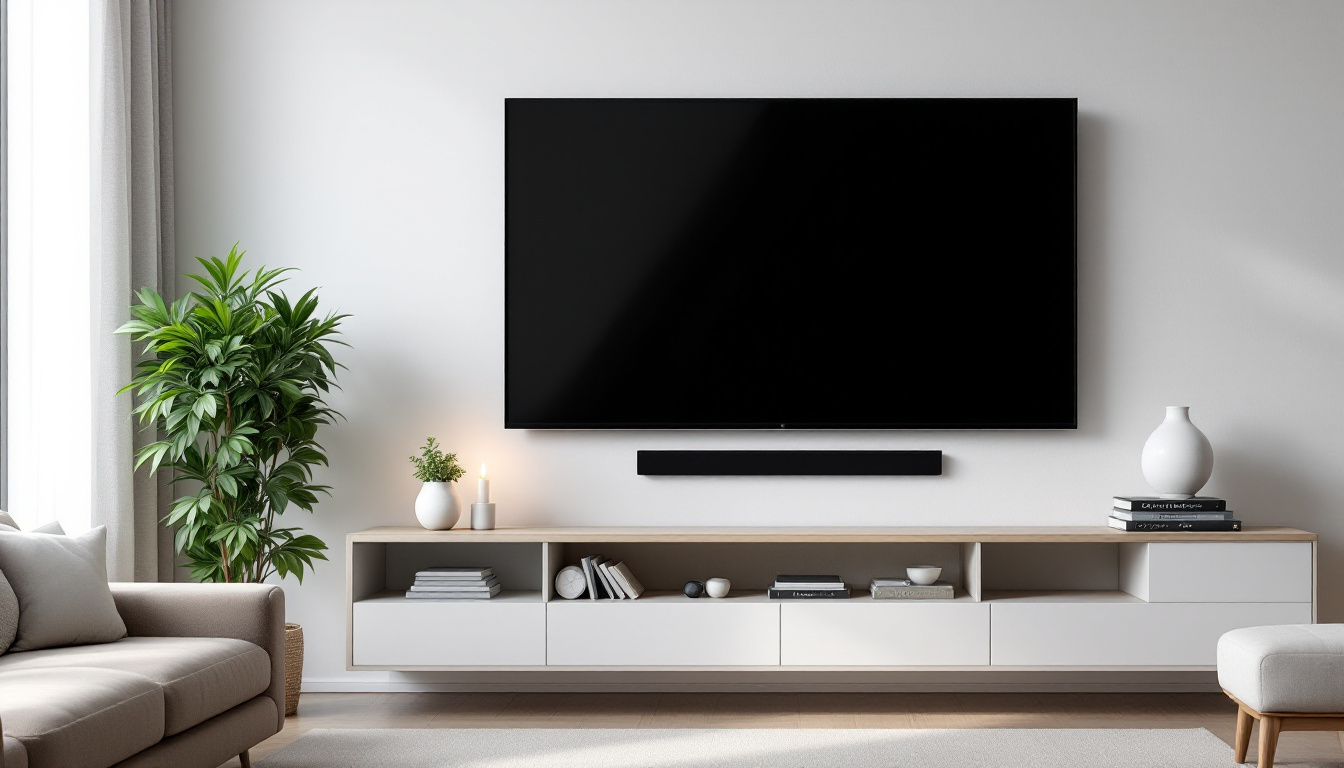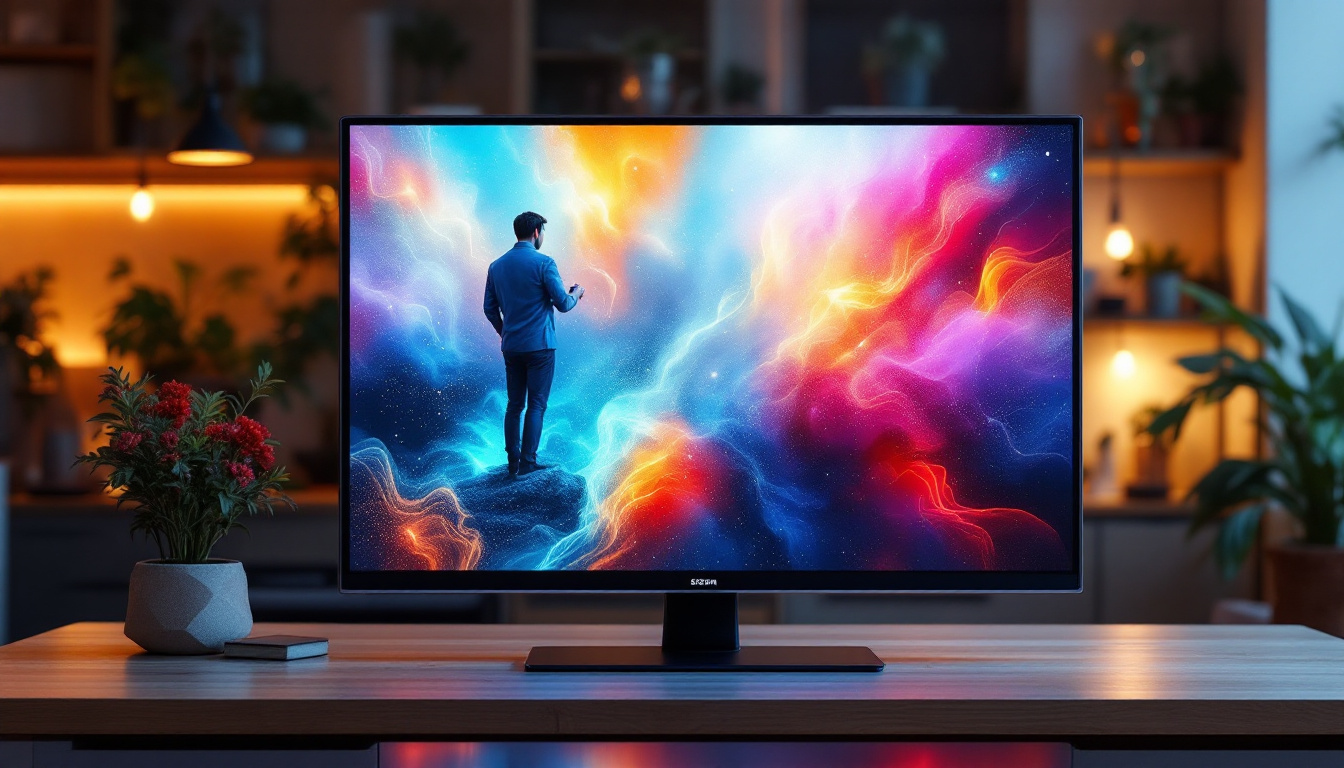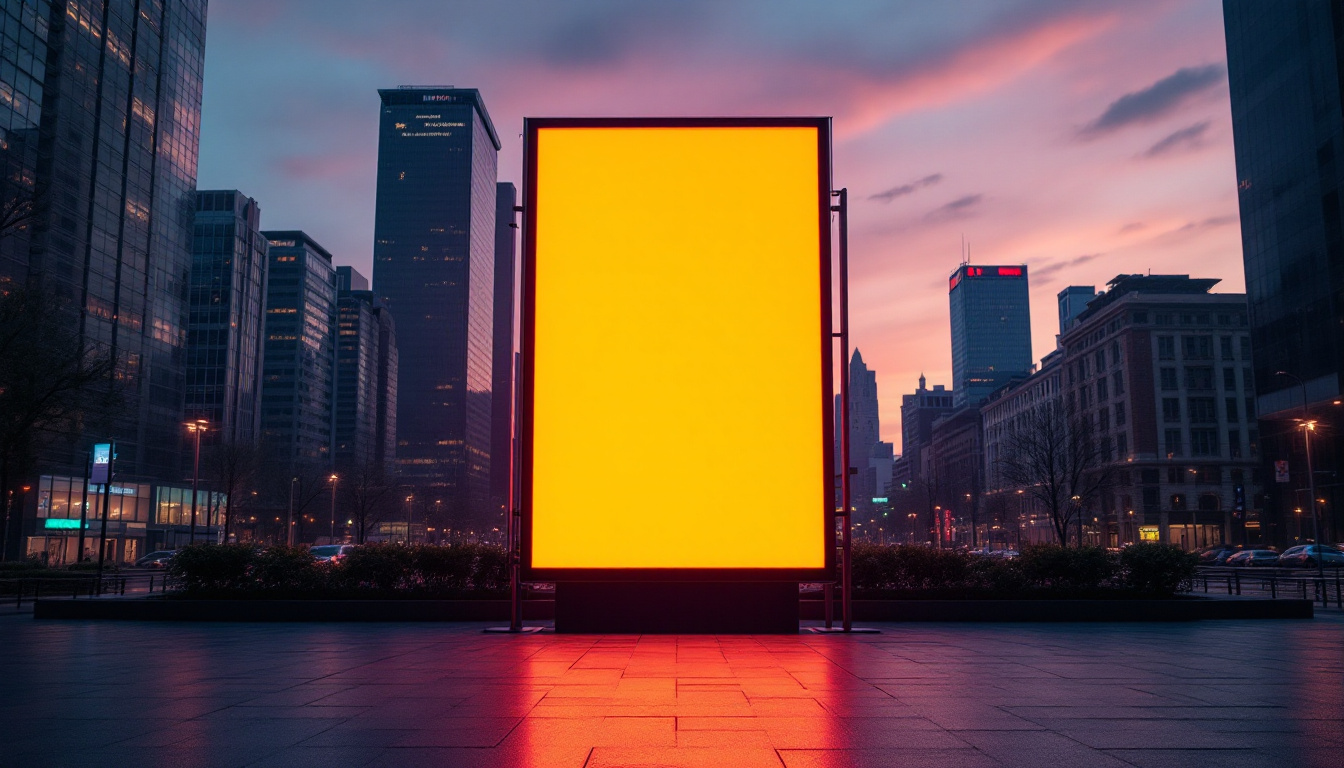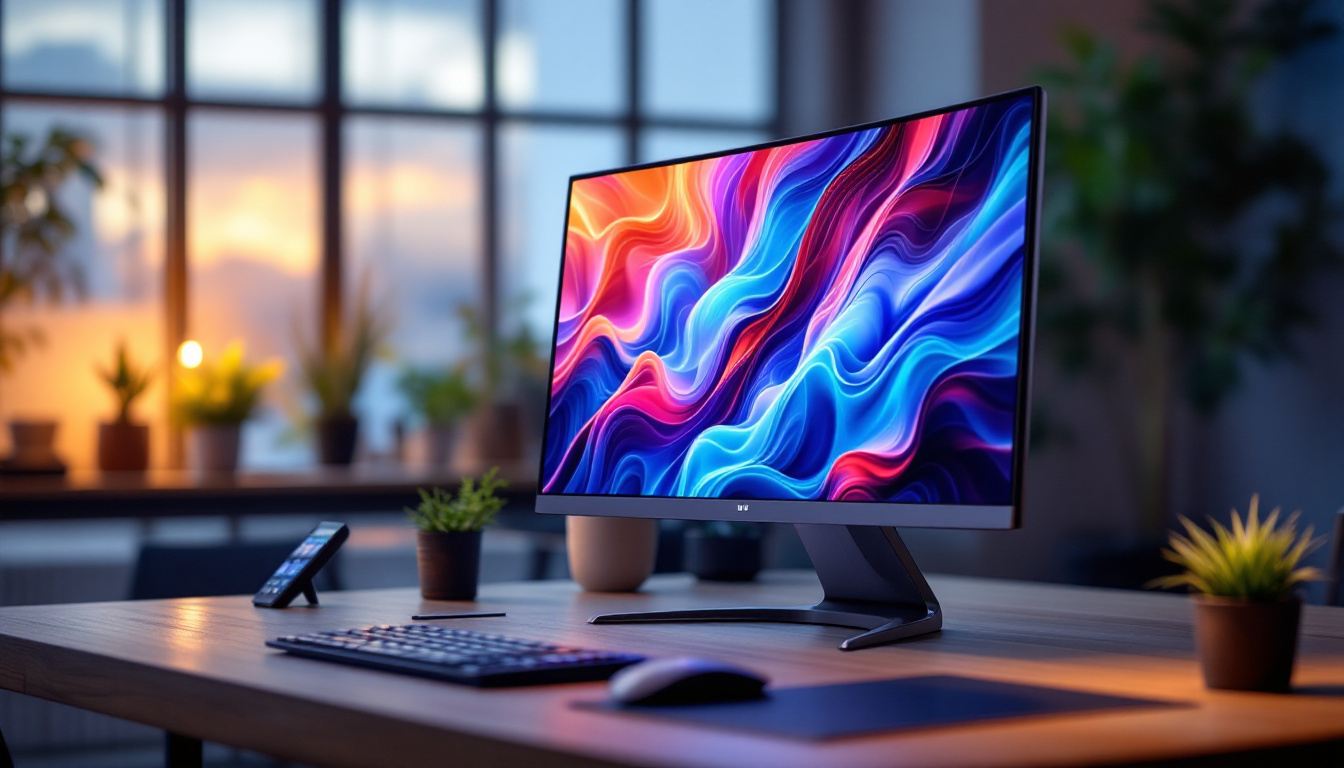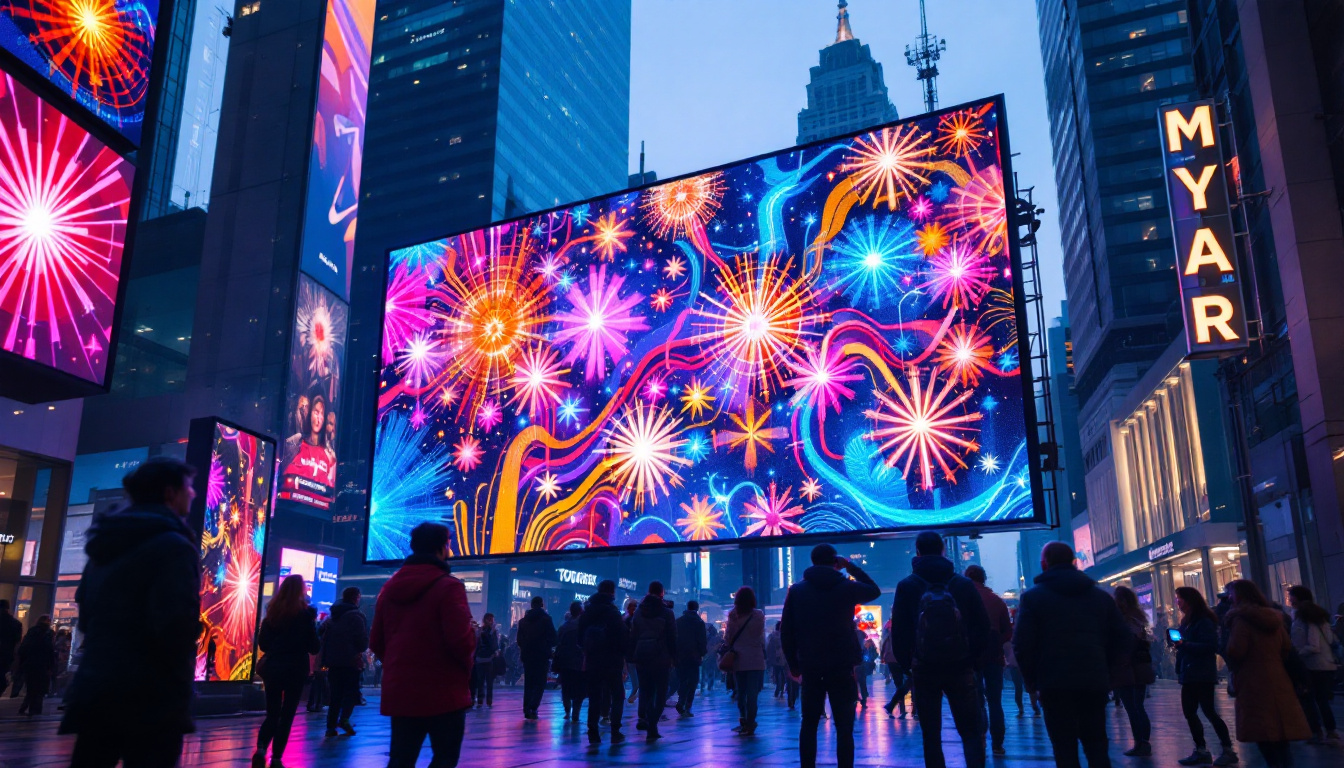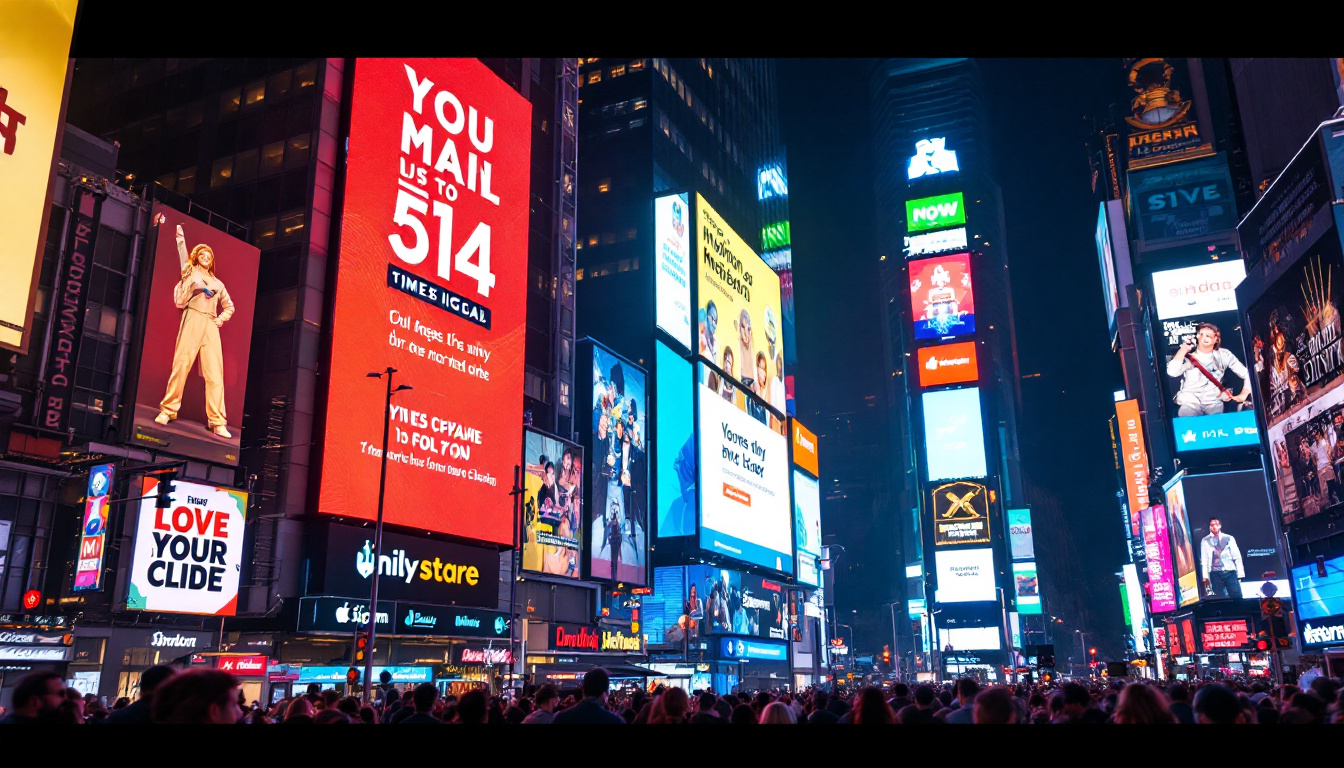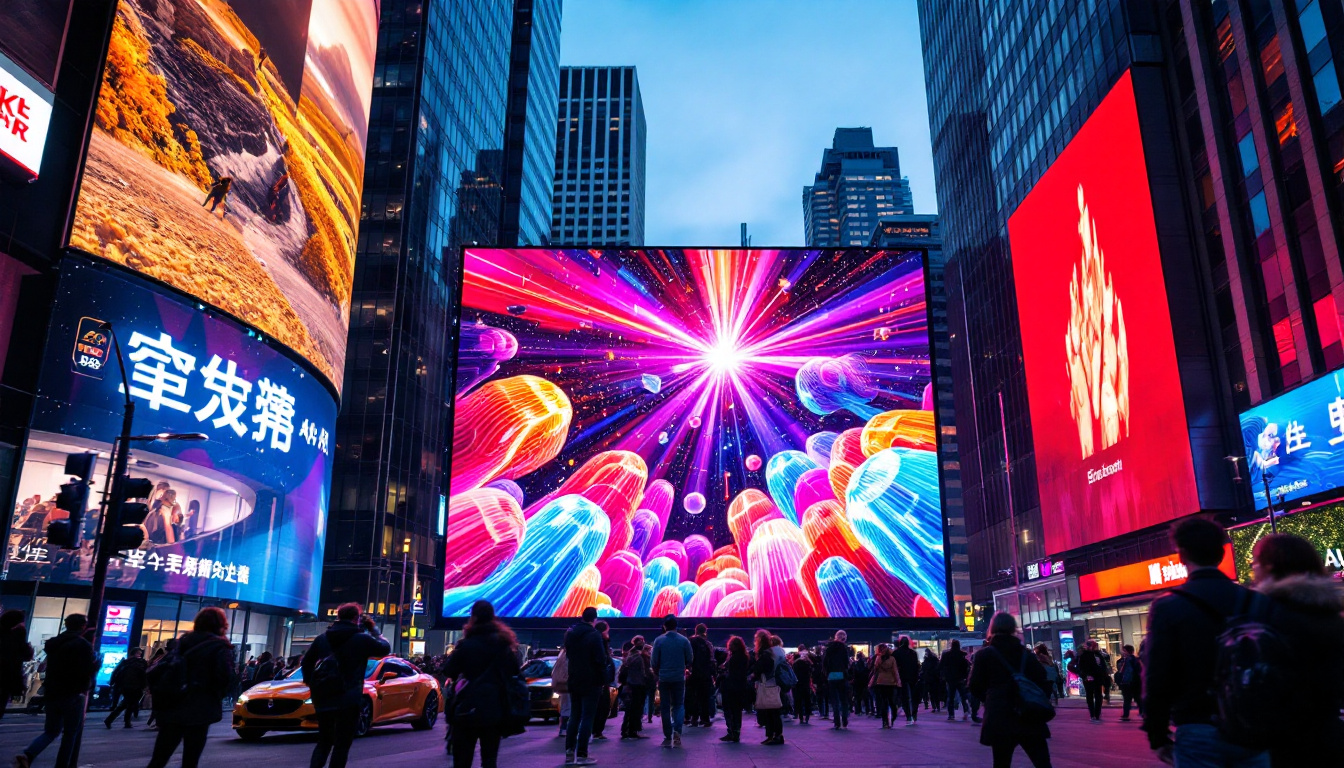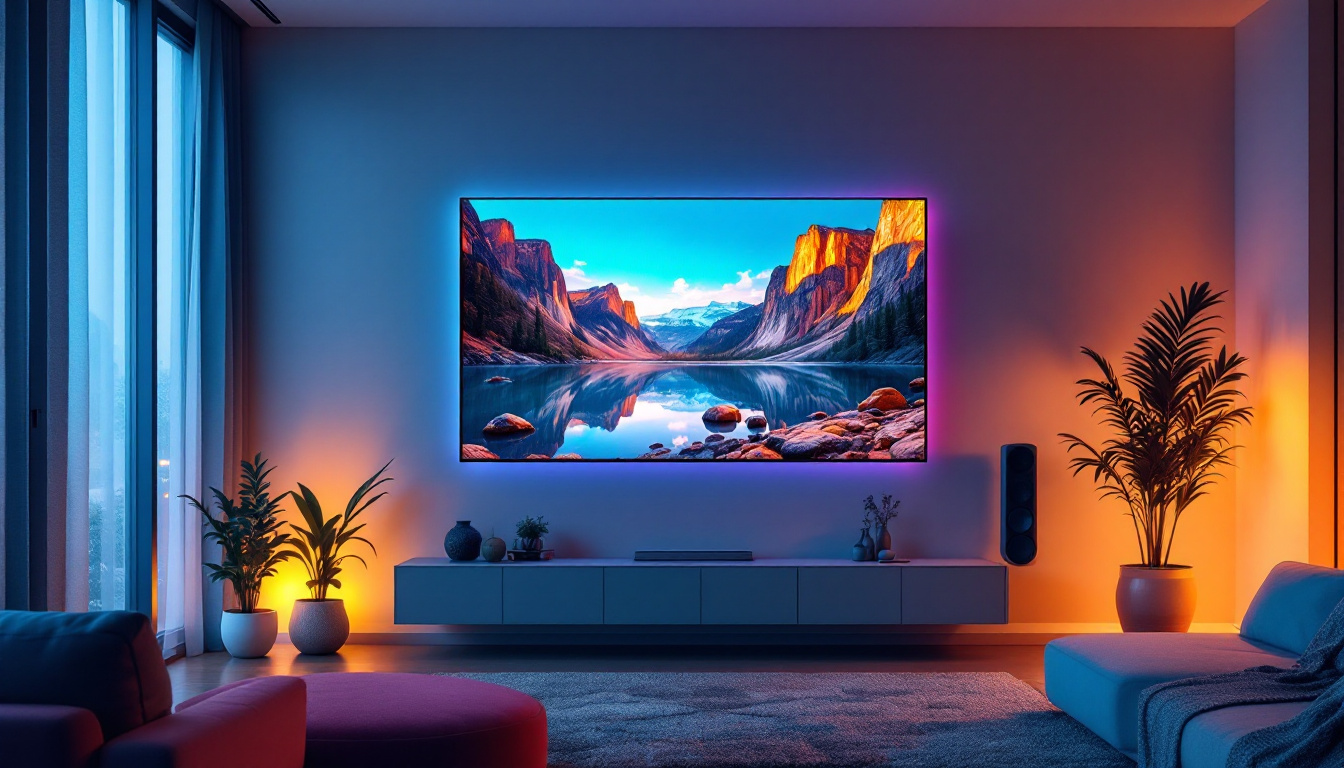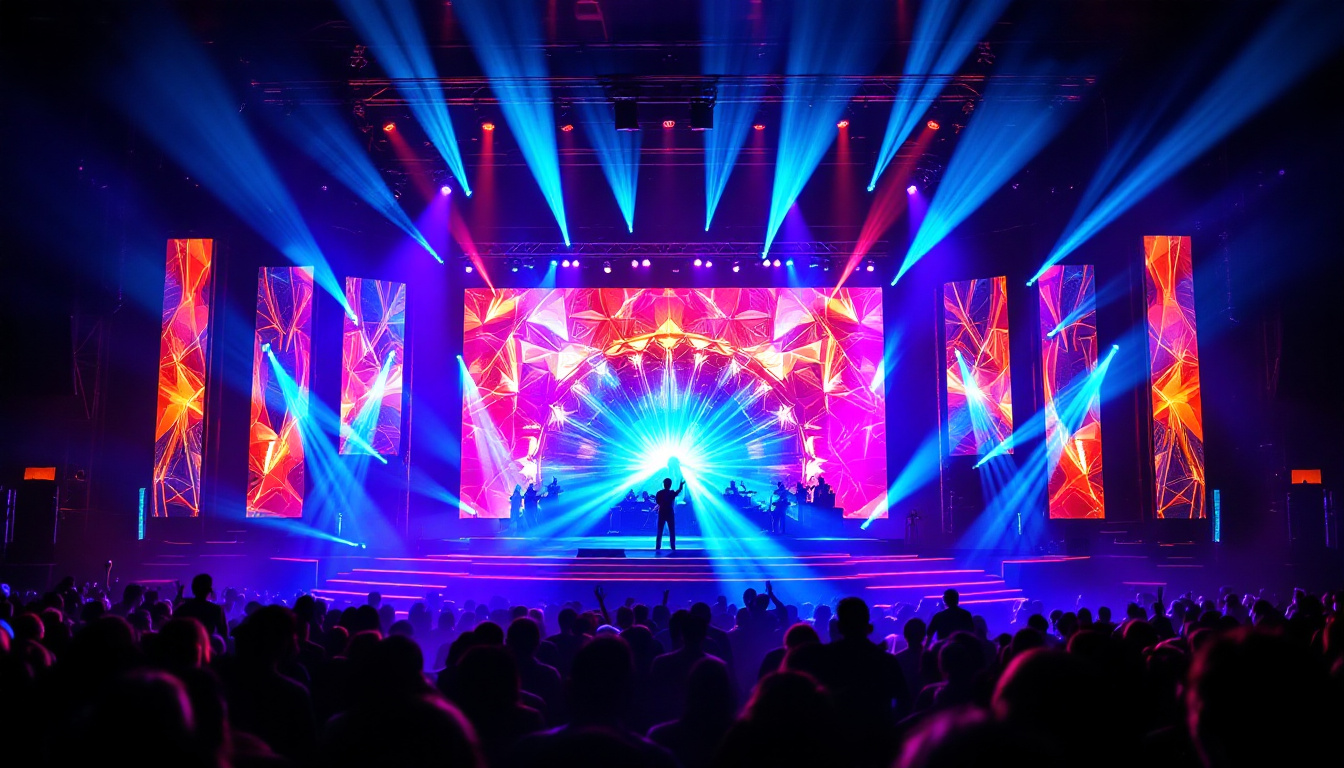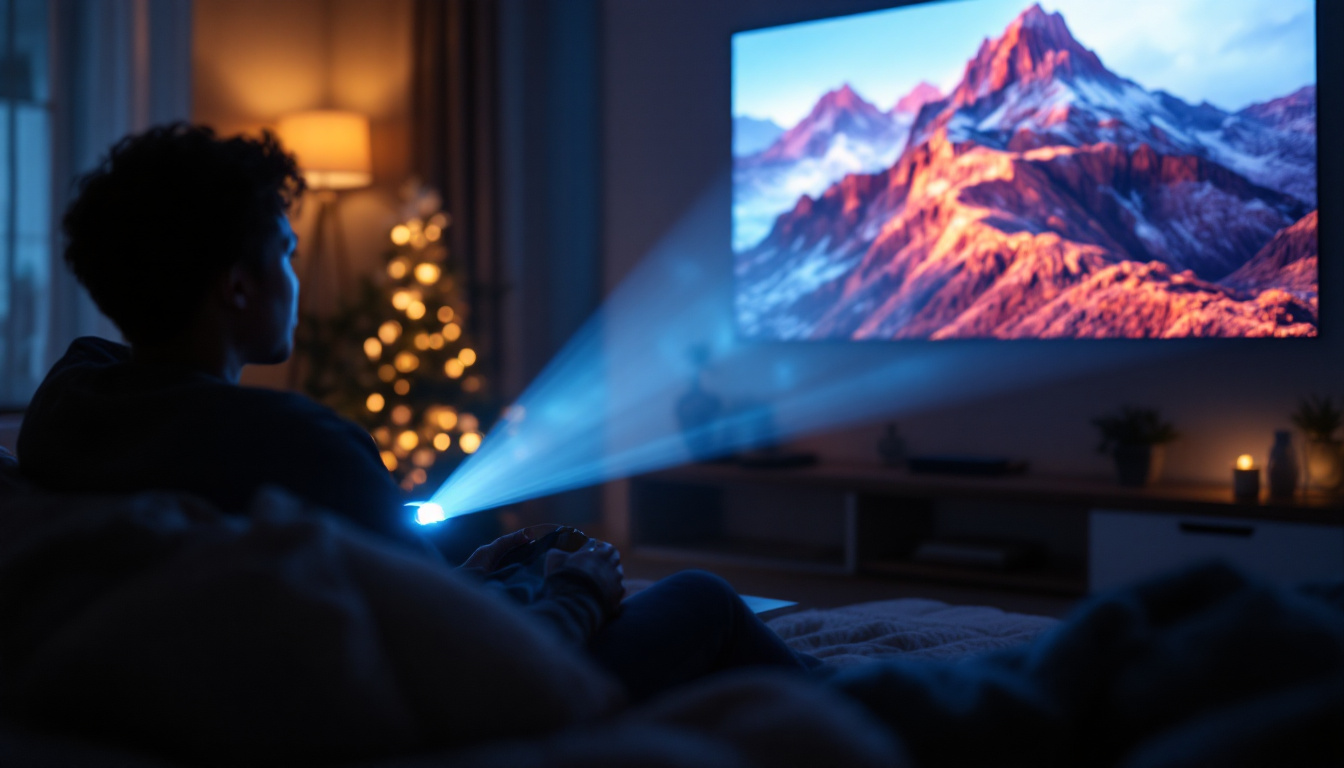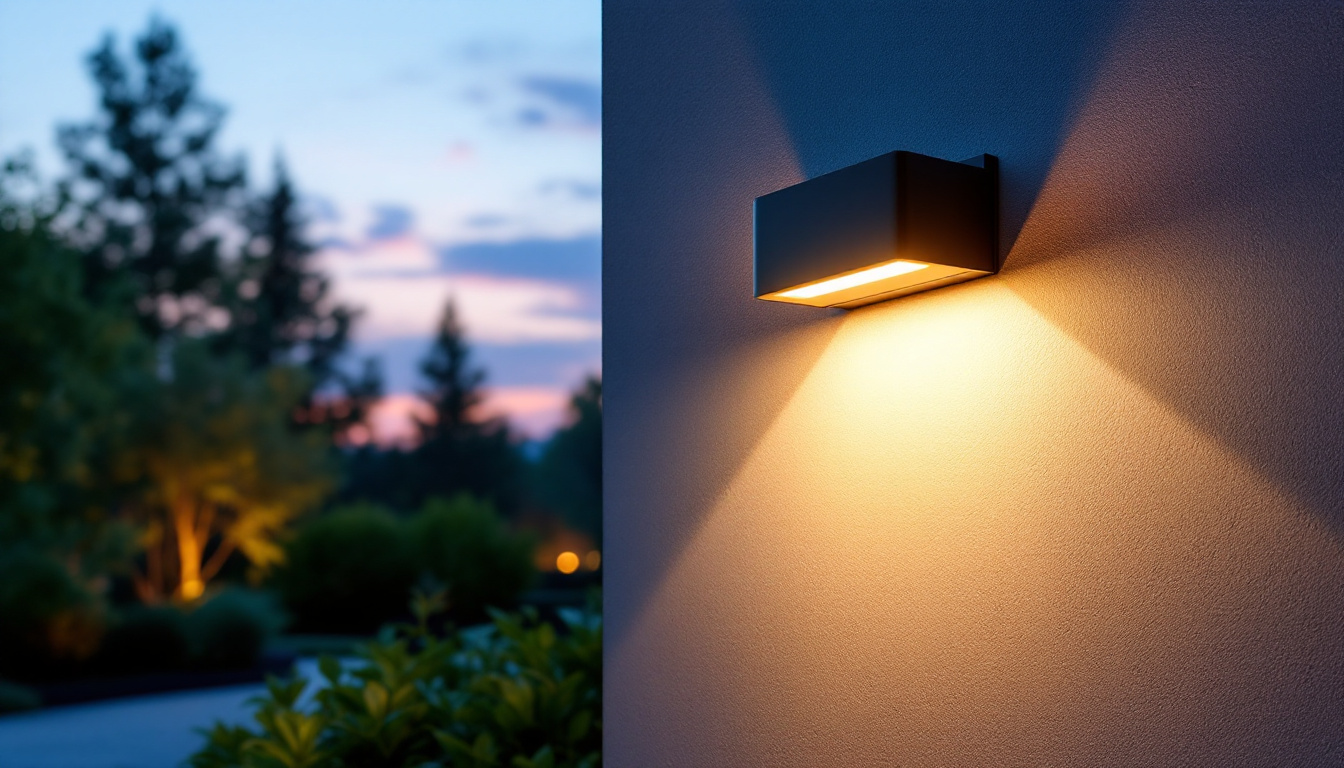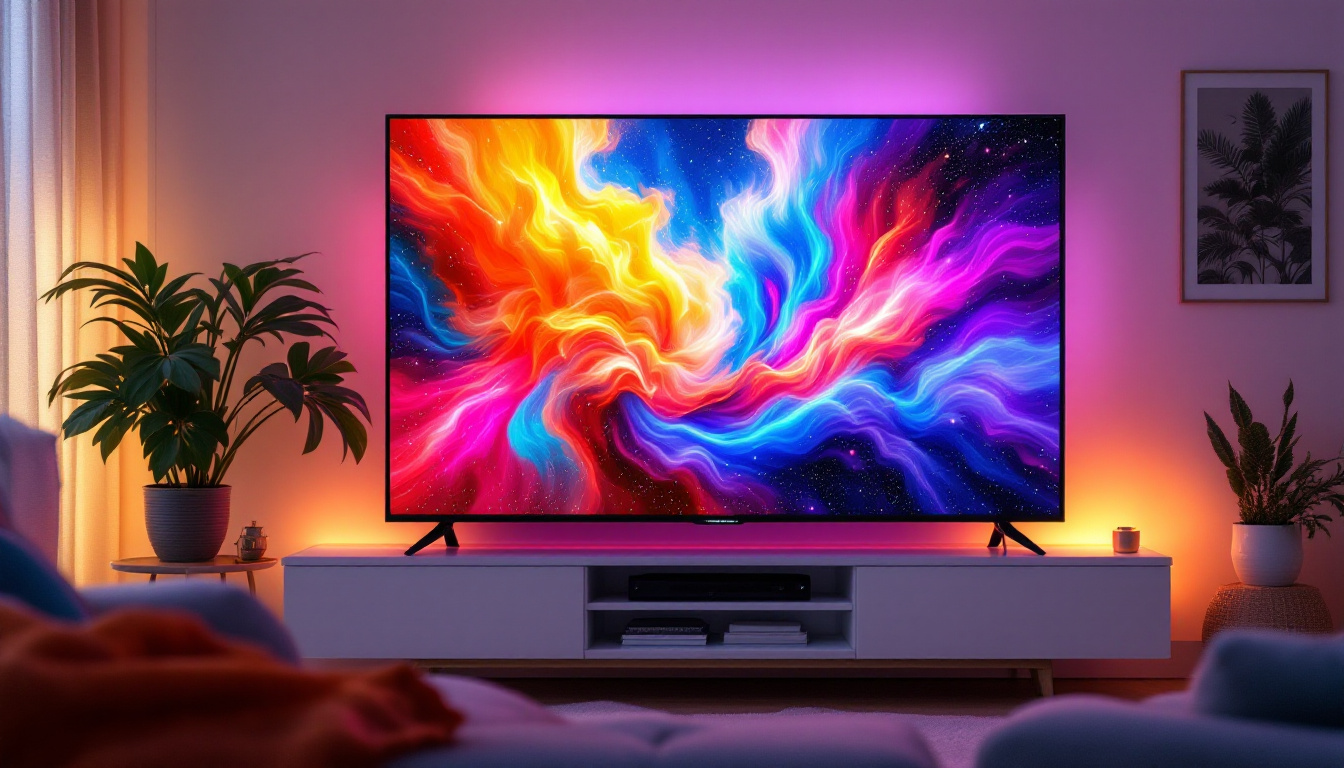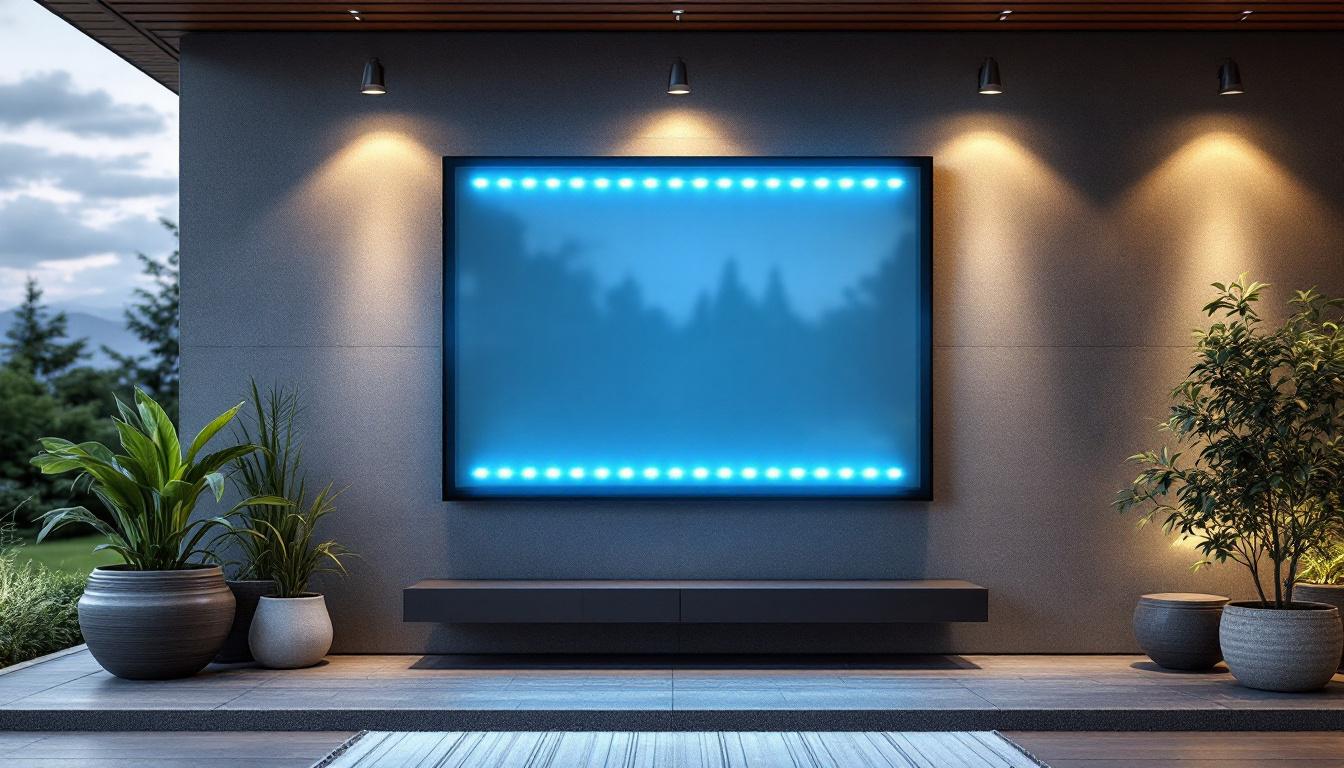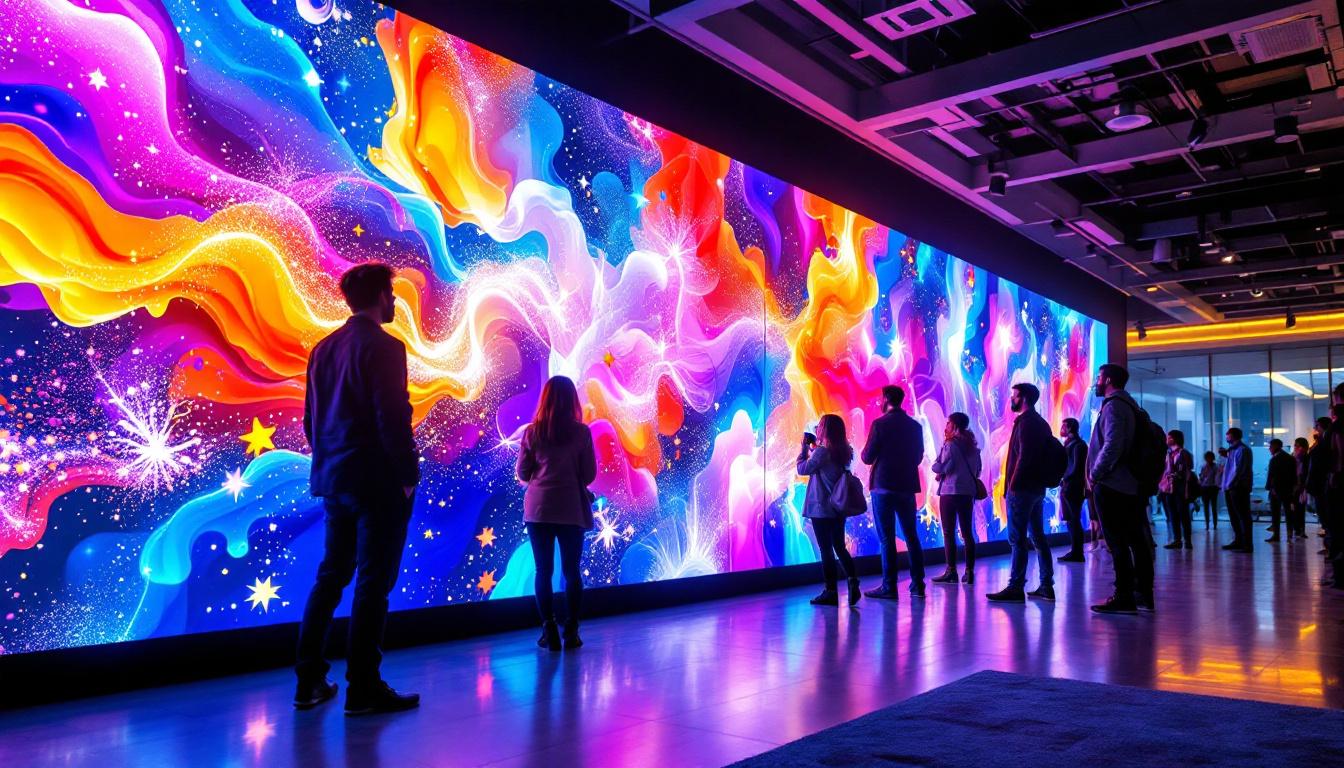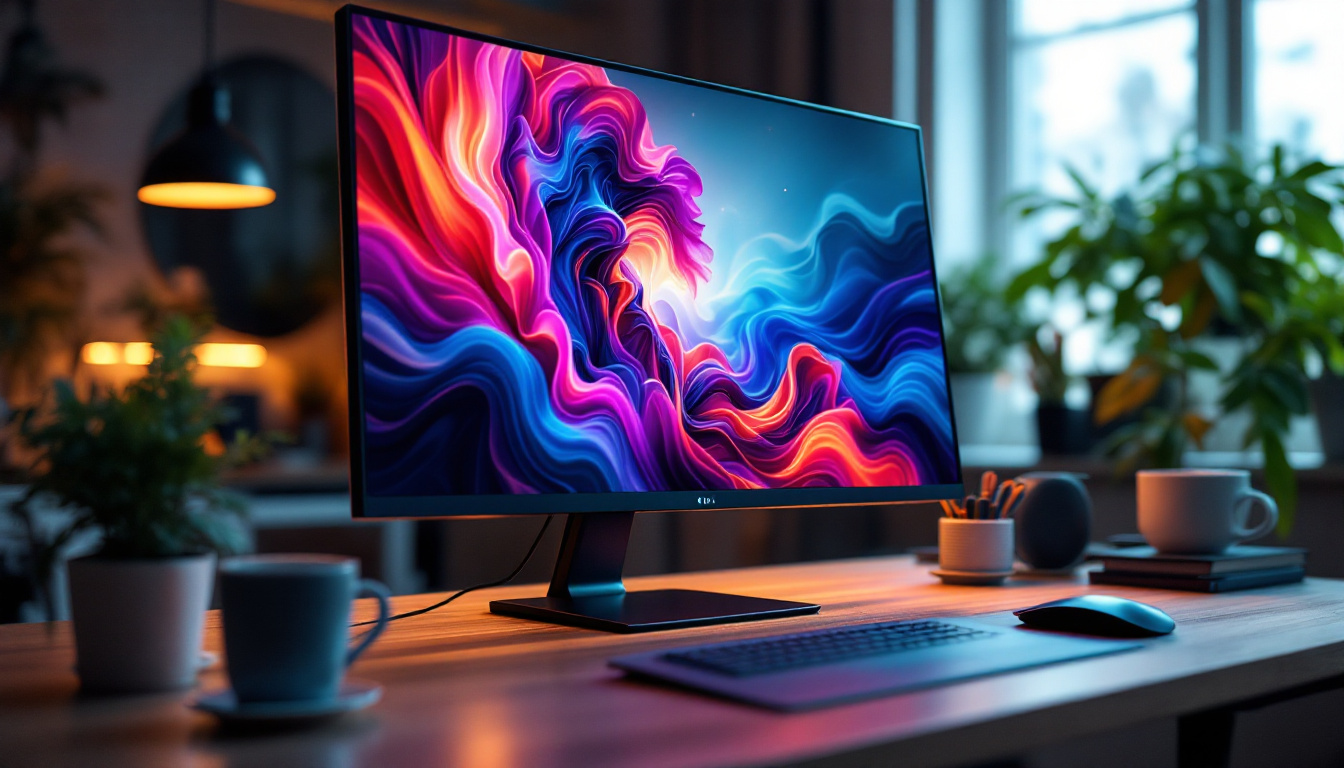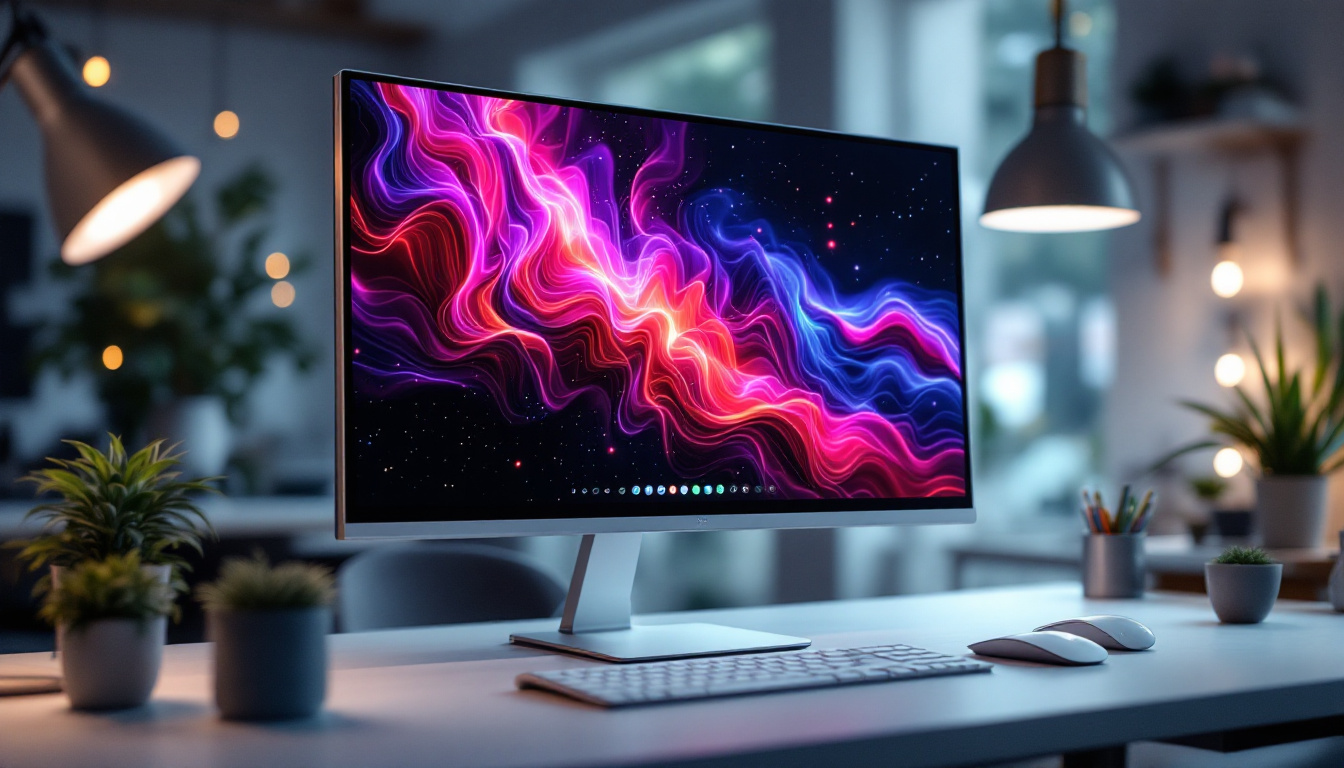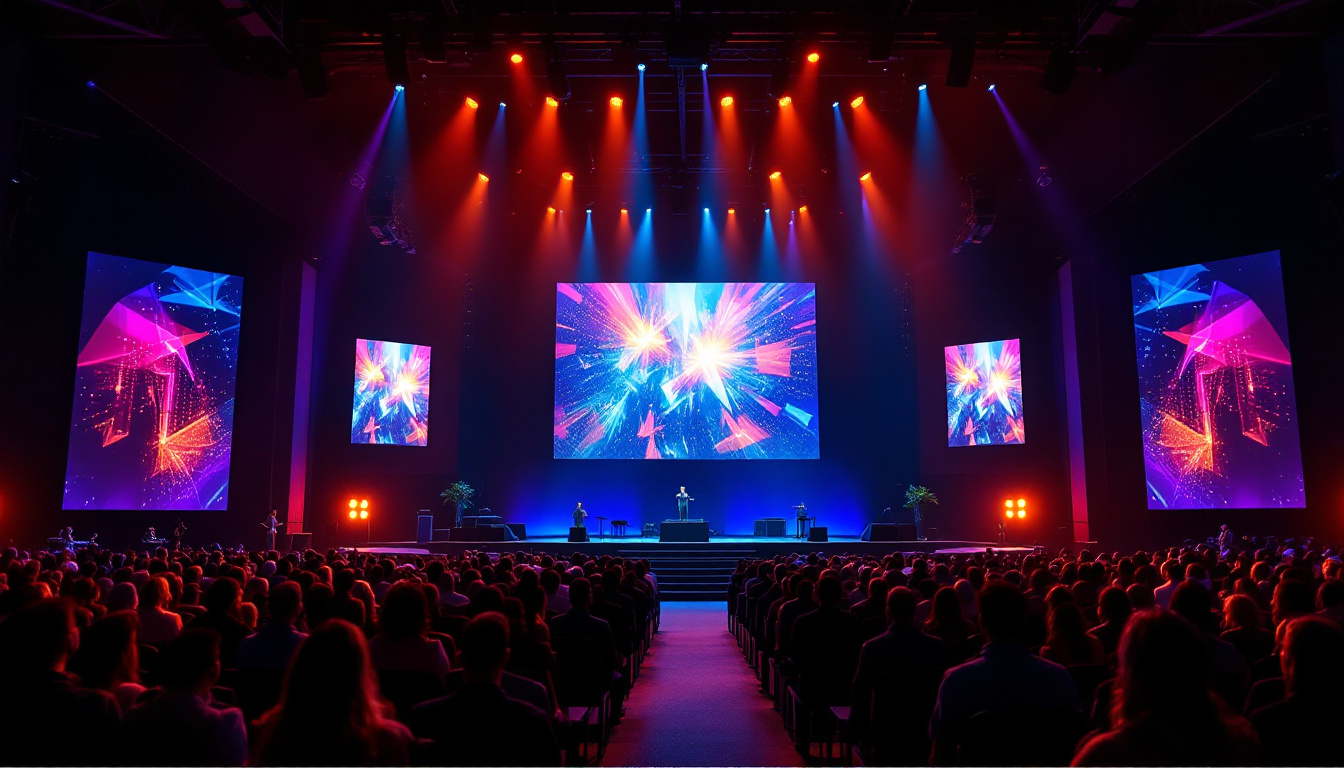Creating an engaging atmosphere in a church setting is essential for fostering a sense of community and enhancing the worship experience. One of the most impactful ways to achieve this is through the design of the church stage backdrop. In recent years, LED displays have emerged as a popular choice for churches looking to modernize their worship environments. This article delves into the intricacies of DIY church stage backdrop design, focusing on the use of LED displays.
Understanding LED Displays
LED displays are versatile and dynamic tools that can transform any stage into a vibrant visual experience. They offer a range of benefits, including high brightness, energy efficiency, and the ability to display rich colors and intricate graphics. When considering an LED display for a church backdrop, it is important to understand the different types available and their respective features. The technology behind LED displays has evolved significantly, allowing for even greater customization and interactivity, which can enhance the overall worship experience.
Furthermore, the integration of LED displays into church environments can foster a deeper connection among congregants. By utilizing captivating visuals that align with the themes of sermons or events, churches can engage their audience on multiple sensory levels. This not only aids in retention of the message being conveyed but also creates a more immersive atmosphere that encourages participation and reflection. As technology continues to advance, the possibilities for creative expression through LED displays are virtually limitless.
Types of LED Displays
There are several types of LED displays, each suited for different applications and environments. The most common types include:
- Direct View LED: These are large panels made up of individual LED modules. They are often used for large-scale displays and can be configured in various shapes and sizes. Their modular nature allows for easy repairs and upgrades, making them a practical choice for long-term use.
- LED Video Walls: Composed of multiple direct view LED panels, video walls create a seamless display ideal for dynamic presentations and videos. The resolution and clarity of these walls can be tailored to meet the specific needs of the church, ensuring that every detail is visible from any seat in the congregation.
- LED Strip Lights: These flexible lights can be used to outline stage elements or create ambient lighting, enhancing the overall aesthetic without overwhelming the main display. They can also be synchronized with music or sermon themes to create a cohesive atmosphere that resonates with the audience.
Benefits of Using LED Displays
Incorporating LED displays into a church stage backdrop design offers numerous advantages:
- visual impact: LED displays can capture attention and convey messages effectively, making them an excellent choice for worship services and events. The high contrast and brightness levels ensure that visuals remain clear and engaging, even in well-lit environments.
- Versatility: They can easily be programmed to display different content, from worship lyrics to sermon notes, allowing for a dynamic worship experience. Additionally, they can be used to showcase live feeds, social media interactions, or even pre-recorded segments, further enriching the service.
- Energy Efficiency: Compared to traditional lighting and projection methods, LED displays consume less power, making them a more sustainable option. This not only reduces operational costs for the church but also aligns with environmentally conscious practices that many congregations value.
Moreover, the longevity of LED technology means that churches can invest in a display system that will serve them well for years to come. With proper maintenance, LED displays can last tens of thousands of hours, significantly reducing the need for frequent replacements. This durability is particularly beneficial for churches that host regular events, ensuring that their investment continues to pay off over time. As congregations grow and evolve, the adaptability of LED displays allows for easy updates to content and design, keeping the worship experience fresh and relevant.
Planning Your LED Backdrop Design
Before diving into the technical aspects of installation, careful planning is crucial to ensure the LED backdrop aligns with the church’s vision and needs. This phase involves considering the church’s aesthetic, the type of events held, and the technical requirements for the display.
Assessing the Space
The first step in planning an LED backdrop is to assess the physical space where it will be installed. Factors to consider include:
- Stage Size: Measure the dimensions of the stage area to determine the appropriate size for the LED display.
- Viewing Distance: Consider how far the congregation will be from the display. This will influence the pixel pitch (the distance between pixels) needed for optimal clarity.
- Lighting Conditions: Evaluate the ambient lighting in the space, as this will affect the brightness requirements of the LED display.
Defining Content Needs
Understanding the type of content that will be displayed is essential. Will the LED backdrop primarily show worship lyrics, sermon notes, or multimedia presentations? This will help determine the resolution and capabilities required from the LED display.
Additionally, consider how often the content will change. For dynamic presentations, a more advanced LED system may be necessary, while simpler displays may suffice for static content.
Choosing the Right Equipment
Once the planning phase is complete, the next step is selecting the appropriate equipment for the LED display. This involves not only the LED panels themselves but also the supporting technology needed for installation and operation.
LED Panel Selection
When choosing LED panels, several factors should be taken into account:
- Pixel Pitch: A smaller pixel pitch provides higher resolution, which is crucial for close viewing distances. For larger venues, a larger pixel pitch may be acceptable.
- Brightness Levels: Look for panels with adjustable brightness to accommodate different lighting conditions, ensuring visibility during both daytime and evening services.
- Durability: Consider the build quality and weather resistance if the display will be used outdoors or in varying environments.
Supporting Technology
In addition to the LED panels, several other components are necessary for a fully functional LED display setup:
- Video Processing Unit: This device manages the input signals and ensures that the content is displayed correctly across the LED panels.
- Control System: A user-friendly control system allows operators to easily switch between different content and manage the display settings.
- Cabling and Mounting Hardware: Ensure that all necessary cables and mounting equipment are compatible with the chosen LED panels and the stage structure.
Installation Process
With all equipment selected, the installation process can begin. This stage is critical, as proper installation ensures the longevity and effectiveness of the LED display.
Preparing the Stage
Before installing the LED panels, it is essential to prepare the stage area. This may involve:
- Clearing the Space: Remove any existing decorations or equipment that may obstruct the installation process.
- Assessing Structural Integrity: Ensure that the stage can support the weight of the LED panels and any mounting hardware.
- Electrical Setup: Verify that there are sufficient power outlets and that the electrical system can handle the load of the LED display.
Mounting the LED Panels
The mounting of LED panels should be done carefully to ensure stability and safety. Follow these steps:
- Follow Manufacturer Guidelines: Always adhere to the specific mounting instructions provided by the manufacturer to avoid damaging the panels.
- Use Professional Help if Necessary: If the installation process seems daunting, consider hiring professionals who specialize in LED installations.
- Test Stability: After mounting, ensure that the panels are secure and stable before proceeding to the next steps.
Content Creation and Management
Once the LED display is installed, the next step is to create and manage the content that will be showcased. This is where creativity meets technology, allowing for a truly unique worship experience.
Designing Engaging Content
Creating visually appealing content is essential for maximizing the impact of the LED display. Consider the following tips:
- Use High-Quality Images and Videos: Ensure that all visual content is high resolution to maintain clarity on the display.
- Incorporate Motion Graphics: Dynamic elements can capture attention and enhance the overall experience. Simple animations can make lyrics or announcements more engaging.
- Maintain Consistency: Use a consistent color scheme and font style that aligns with the church’s branding to create a cohesive look.
Content Management Systems
Implementing a content management system (CMS) can streamline the process of updating and managing the content displayed on the LED backdrop. A good CMS allows for:
- Easy Uploading: Quickly upload new content without needing extensive technical knowledge.
- Scheduling: Pre-schedule content to automatically display at specific times, ensuring that the right messages are shown during services.
- Remote Access: Control the display from anywhere, making it easier to manage content during live events.
Maintenance and Troubleshooting
To ensure the longevity and functionality of the LED display, regular maintenance is essential. This includes checking for any issues and performing necessary upkeep.
Regular Maintenance Tasks
Implementing a routine maintenance schedule can help identify and resolve issues before they become significant problems. Key tasks include:
- Cleaning the Panels: Dust and debris can accumulate on the surface of LED panels, affecting brightness and clarity. Regular cleaning ensures optimal performance.
- Inspecting Connections: Periodically check all cables and connections to ensure they are secure and functioning correctly.
- Software Updates: Keep the control software up to date to benefit from the latest features and improvements.
Troubleshooting Common Issues
Despite best efforts, issues may arise with the LED display. Common problems and their solutions include:
- Flickering or Dimming: This could indicate a power supply issue or a loose connection. Check all connections and ensure the power supply is functioning correctly.
- Dead Pixels: Occasionally, individual pixels may fail. Many LED panels come with warranties that cover repairs or replacements for dead pixels.
- Content Not Displaying: If content is not showing, verify that the video processing unit is powered on and correctly connected to the display.
Conclusion
Designing a DIY church stage backdrop with an LED display can significantly enhance the worship experience, creating a visually engaging environment for congregants. By understanding the types of LED displays available, planning carefully, selecting the right equipment, and managing content effectively, churches can create a backdrop that resonates with their community.
With proper installation, maintenance, and creativity, an LED display can become a powerful tool for communication and expression within the church setting. As technology continues to evolve, embracing these innovations can help churches stay relevant and connected with their congregations, ultimately enriching the worship experience.
Illuminate Your Worship Space with LumenMatrix
Ready to elevate your church’s worship experience with a stunning LED backdrop? LumenMatrix is at the forefront of LED display technology, offering a wide array of solutions tailored to your needs. From Indoor and Outdoor LED Wall Displays to Custom and All-in-One LED solutions, our displays are designed to captivate and engage your congregation. Discover the transformative power of LumenMatrix LED displays and bring your worship services to life. Check out LumenMatrix LED Display Solutions today and witness the revolution in visual communication.

